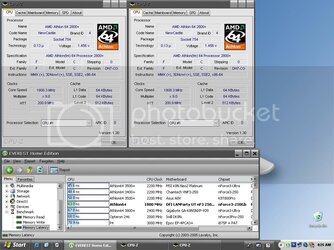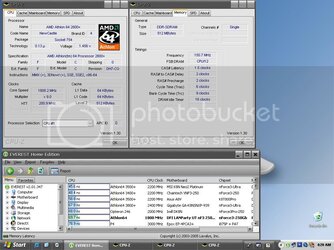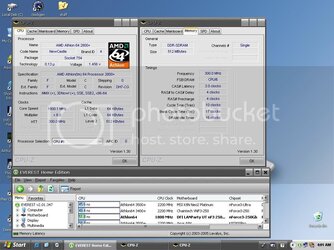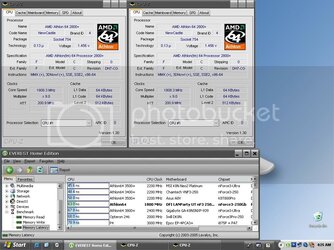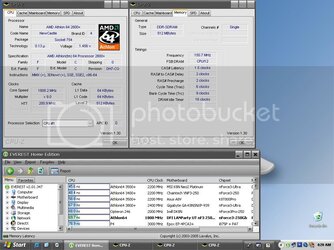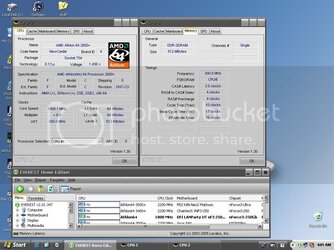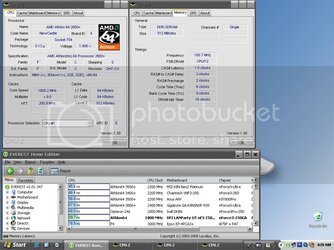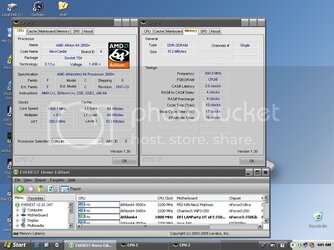- Joined
- Feb 4, 2003
- Location
- SF Bay Area
Once again this is only true if ALL timing parameters vary by a certain factor. Even the standard four I listed are only a partial set. There are far more latency parameters than what users are normally able to control...just look at the extended timings in A64 tweaker, DFI BIOSes, etc.hitechjb1 said:I tend to agree with your statement. If all the timing parameters (in number of cycles) for case A are exactly N times that of case B, and frequency of case A is also N times that of case B, then the latency (in seconds) for both cases would be the same.
So yeah 5-2-2-2 has half the delay of 10-4-4-4...but can you say that e.g. 12-5-2-2-2 has half the delay of 14-10-4-4-4, supposing an extra dummy parameter was thrown in the mix? Not a chance. In reality there are hundreds more of such parameters. It just can't be simplified this way.
